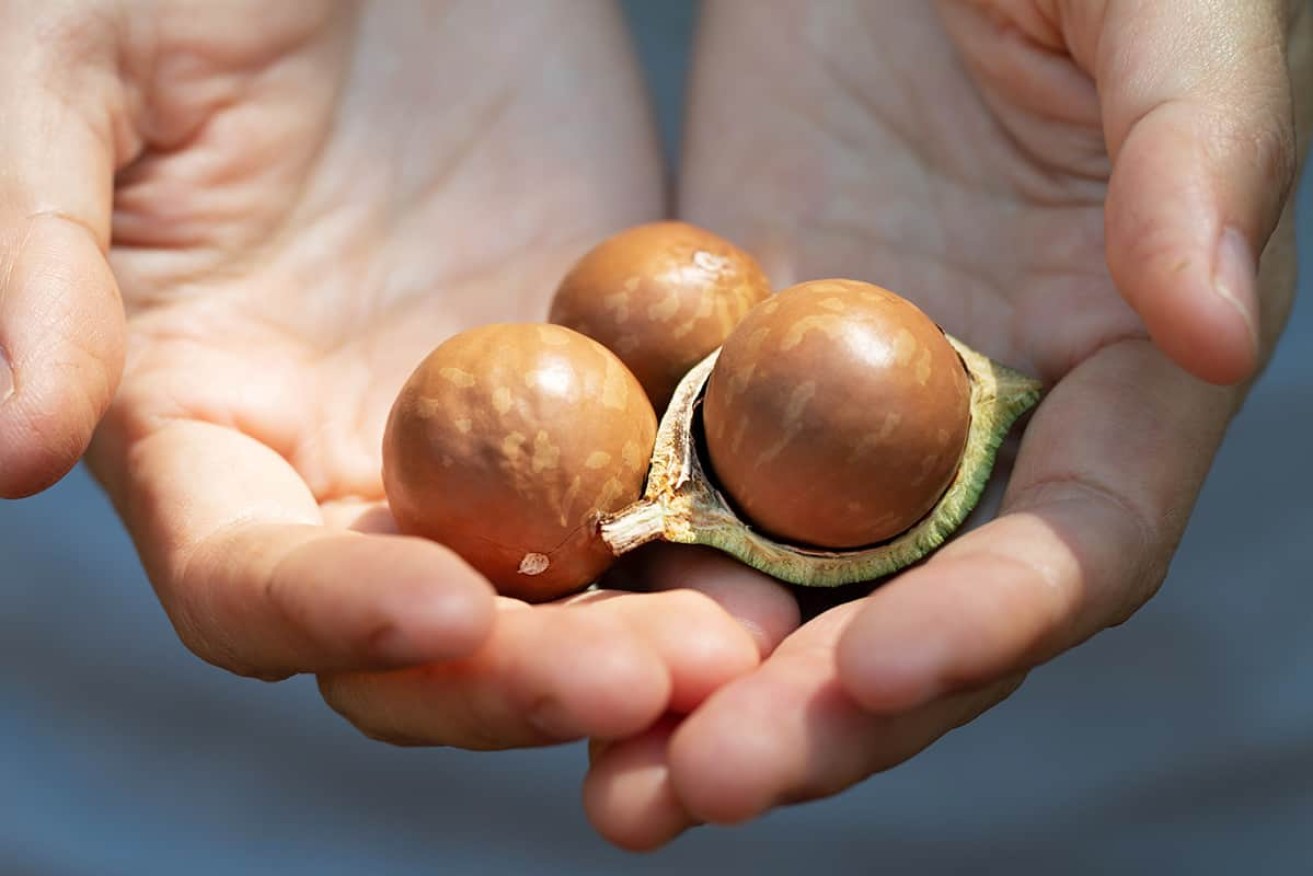How trees may turn out to be the best of new age miners
It’s not far-fetched to think that one day soon the mining of some metals could be done by a field of trees or grass.


The native macadamia tree could be used to extract minerals
Researchers at the University of Queensland believe it could be done now for nickel extraction.
The university’s Sustainable Minerals Institute has just earned a $1 million grant from the State Government for an investigation into using selenium weed and the macadamia tree as hyper accumulators in a process called phytomining.
Dr Antony van der Ent, is a leading phytomining researcher at SMI’s Centre for Mined Land Rehabilitation and he said there was “an abundance of unconventional ores that could be unlocked through phytomining’’
“At this stage, phytomining can go full-scale for nickel immediately, while phytomining for cobalt, thallium and selenium is within reach,” he said.
It could also be used to collect low-grade, environmentally-damaging metals from mine waste or what UQ refers to as making treasure from trash.
Researchers have found a field of one type of hyperaccumulators planted across a nickel-rich site, like a mine tailings dam, could yield 300kg of nickel a hectare every year, meaning the important metal used in rechargeable batteries and stainless-steel manufacturing could be harvested, rather than mined.
Some species of plants can contain up to 1 per cent of cobalt or 4 per cent of nickel in their shoots, translating to more than 25 per cent metal in their ash which is dubbed ‘bio-ore’.
Fieldwork at the Dugald River Mine discovered zinc hyper accumulation in the native legume Crotalaria novae-hollandiae, which opens up the possibility of zinc phytomining.
The government-funded study would determine whether some native plants found at rare earth element rich sites in Queensland could draw those metals out of the soil in high volumes.
While rare earths _ which are used in technology products, electric vehicle batteries and wind farms_ are technically not rare, they are hard to find in economic quantities and expensive to mine.
UQ Professor Rick Valenta said if successful, the phytomining study could supply sustainably sourced rare earth metals with low environmental impact.
“The study aims to produce hybrid processing techniques to extract rare earth elements and to unlock a variety of resources typically not considered for rare earth element production,” he said.
The specialised study will run for four and a half years and would include tests on rare earth element-rich material from the Phosphate Hill mine, the closed Mary Kathleen mine near Cloncurry, and the Peak Range in Central Queensland, among others.
Resources Minister Scott Stewart said the joint study had the potential to change how some mines operate in the future.
“In a commercial environment, this could mean plants could be used to extract minerals and that means less of a need to disrupt the ground,” Mr Stewart said.
“Consumers in Europe or the United States want to know that the materials used to make the battery that powers their electric cars were sourced ethically, in both a social and environmental sense.
“Phytomining could provide Queensland a unique advantage in this space.”
Director of UQ’s Centre for Mined Land Rehabilitation Associate Professor Peter Erskine said phytomining could be used to access unconventional resources that are not viable using existing mineral processing techniques.
“This includes mine wastes, such as tailings, that still hold residual metals of interest – in effect, phytomining could turn waste into new resources,” Dr Erskine said.












